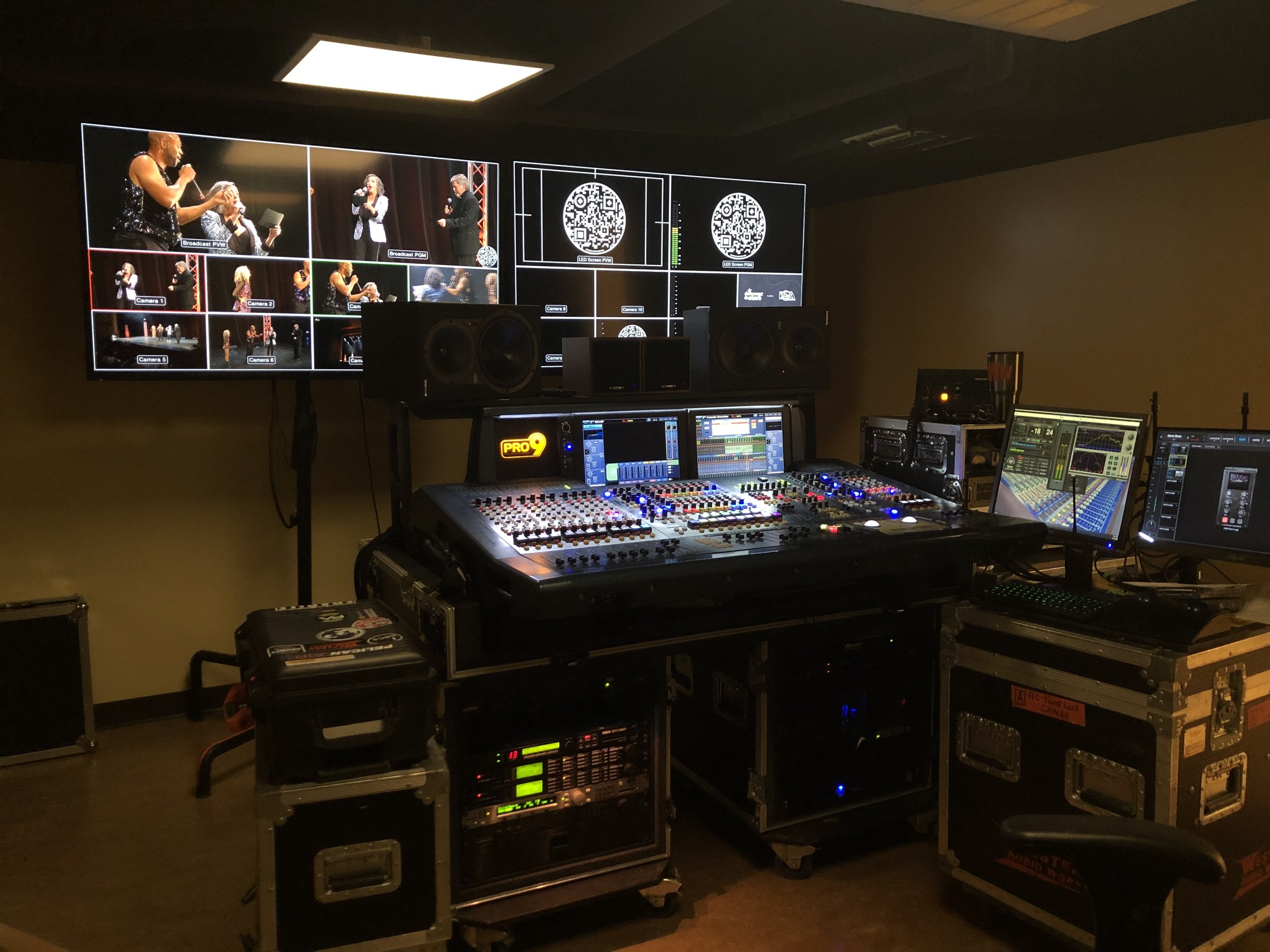Revolutionizing Transmission with Cutting-edge Sound over Internet Protocol Technologies for a Integrated Future
Revolutionizing Transmission with Cutting-edge Sound over Internet Protocol Technologies for a Integrated Future
Blog Article
This realm of media is undergoing a significant transformation due to innovative sound over IP (AoIP) technologies. Such advancements are changing how audio programming is created, distributed, and received. Audio over IP refers to the approach of transmitting audio signals over a digital system, using Internet Protocol (IP) rather than traditional analog methods. This transition not only improves the quality of audio delivery but also provides media professionals with greater freedom and control over their content.
One key advantage of audio over IP systems is its capability to connect multiple devices and systems efficiently. Traditional broadcasting often depended on complex cabling and physical links, which could be cumbersome and restrictive. With AoIP, broadcasters can readily interface microphones, audio consoles, and other devices through a common infrastructure. This integration allows for off-site broadcasting and live streaming from almost any location, making it simpler to connect with audiences across the world. As a result, broadcasters can react quickly to current issues and audience requests, leading to more vibrant and engaging programs.
Additionally, AoIP technology supports high-quality audio formats that enhance the listening encounter. In contrast to conventional broadcasting methods, which may diminish sound standards, Visit Website audio over IP can preserve the purity of the audio stream during the delivery procedure. This implies that audiences can experience crisper and more detailed sound, whether they are listening in via terrestrial radio, streaming over the internet, or employing portable devices. The capability to provide premium audio is particularly crucial for musical and discussion programs, where every detail matters to the audience.
Moreover, the implementation of audio over IP technologies can lead to cost savings for media companies. By using existing network infrastructure, organizations can eliminate the need for expensive hardware and large-scale cabling. This not only lowers initial costs but also decreases operational costs over time. Media firms can allocate resources more efficiently, investing in content creation and talent development. As a consequence, the entire media industry can gain from enhanced creativity and inventiveness, as financial resources are reallocated toward improving programming and engaging with audiences.
In conclusion, the transition towards audio over IP systems is changing the media landscape. By enabling seamless connections, enhancing audio quality, and lowering costs, AoIP is clearing the path to a better connected future in media. As broadcasters continue to adjust to these developments, they will be more prepared to meet the needs of their audiences, produce captivating content, and stay competitive in an constantly changing industry. The future of broadcasting is bright, and audio over IP will play a crucial role in defining the manner in which we interact with audio content in the years to come.